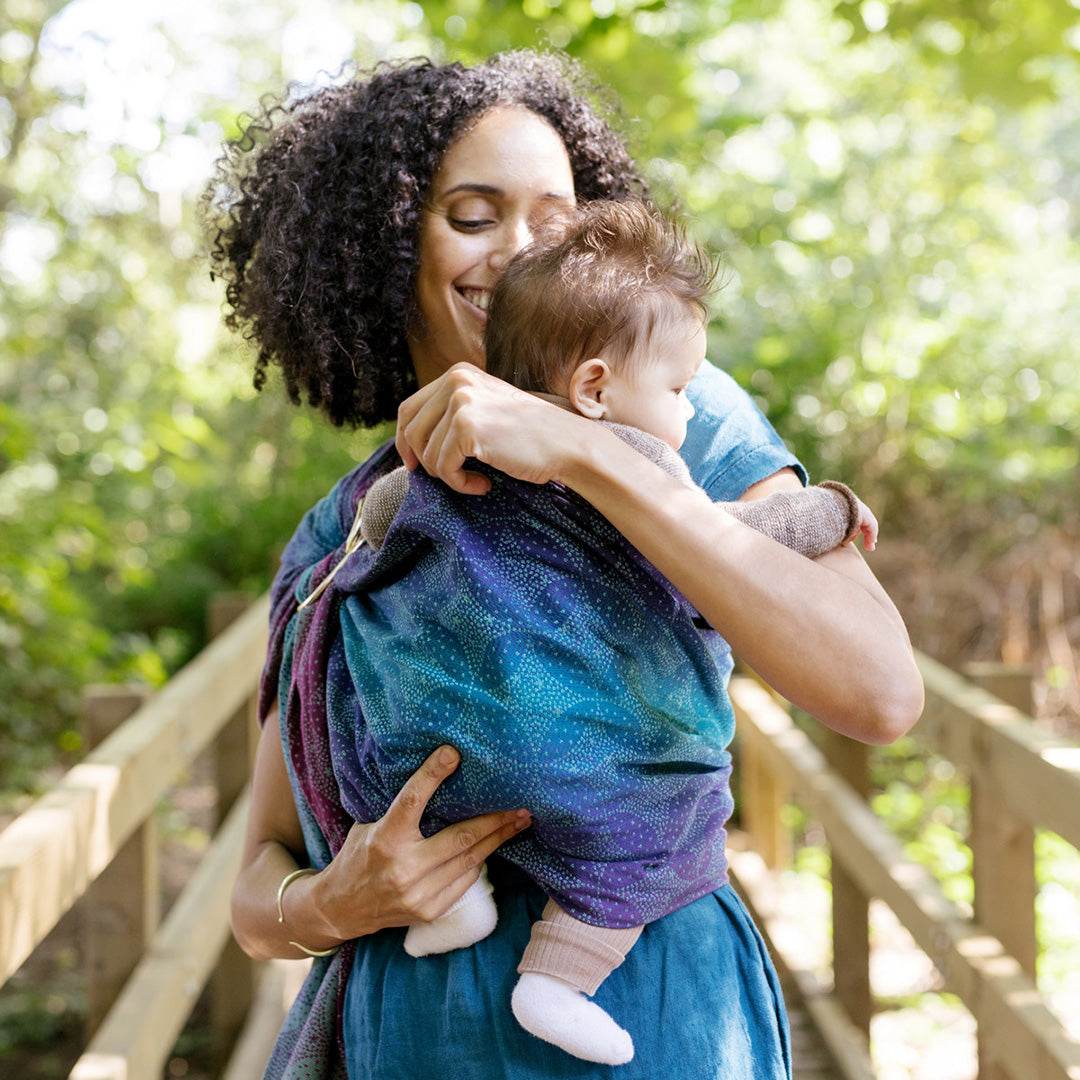
Why Do Babies Like To Be Carried?
Do you feel that your baby just wants to be carried all the time? Does your baby never want to be put down and you’re wondering how you can get a break or if you will spoil them if they’re held too much?
After 9 months in the womb your baby is used to warmth, movement, muffled background noise and a feeling of contentment. So the real world must come as a bit of a shock, and a cuddle can soothe them. But the reasons go back to our evolution as a species and our biology.
Babies Are Designed to be Carried
When most other mammals are born they have a certain amount of self sufficiency - many can stand and move shortly after birth, the young of other primates can regulate their own temperature and cling on to their mother.
Unlike our fellow mammals, newborn babies are completely dependent on our care. If humans were born at the same stage of development as other primates the gestation period would be significantly longer than 9 months. There are a few theories about why human pregnancy is just 9 months, the most popular being that our pelvis narrowed to allow us to walk upright. This narrowed the birth canal and resulted in babies being born at a much more under-developed stage, when their brains are less than 30% the size of an adult's.

The fourth trimester describes this period when your baby is a helpless newborn and they are making the huge adjustment from womb to world. They cannot regulate their temperature, they're used to warmth, a feeling of containment, background noises, constant movement, darkness, continuous access to nutrition, being close to their mother and hearing a heartbeat.
Picking your baby up and carrying them can help recreate the womb and promote a sense of security. Snuggled up against you they can hear your heartbeat, providing closeness, gentle movement and familiar smells.
Modern Life versus Evolution
In today’s world we have many items to help us and make our life easier. This is, obviously, very different from how we lived thousands and even hundreds of years ago. Babywearing has been present in many different forms all round the world throughout history.

Read more about The Plaid: A Traditional Scottish Carry
Our ancestors did not have access to prams and car seats and so used a variety of methods, mostly involving cloth, to carry their children. Ancient humans dwelled in tribes living a nomadic lifestyle so babies were not put down but carried by different members of the extended family.
The spread squat position that a baby will naturally adopt when carried, not only helps their physical development, it also enables them to naturally sit on our hip. This has evolved from the clinging young of our ape ancestors and allows your baby to engage their core muscles and be ‘active’ in the carry.
Kangaroo care has shown that skin-to-skin is very important and has many biological benefits;
- It helps to regulate the baby’s heart rate
- Improves their breathing pattern
- Helps with temperature regulation
- Encourages lactation
- Reduces periods of crying
- Improves and increases sleep
So carrying our babies does seem to be part of our biology.
It’s Hormonal Too
Close cuddles also produce oxytocin.

This hormone has a calming effect on the brain, and reduces levels of cortisol, "the stress hormone". The soothing, warm, fuzzy feelings that oxytocin creates help you bond with your baby as well as soothing both of you. If you’ve noticed that your baby drops off to sleep more quickly when they're being carried or that they only nap when they're in the sling it’s due to all the oxytocin. They feel calm and safe.
Being Carried Helps Build a Happy Brain
If a baby is upset and is then picked up and soothed this will help to form a passage within the brain. The more often this happens, the more formed this connection becomes and the baby learns love and trust. During the first three years of their life a child's brain experiences rapid growth.

Every positive experience results in more connections being made in the brain. By responding to your baby’s needs and carrying them you create a secure attachment that allows your baby to feel safe and so more connections are made in the brain.
This important aspect of brain development provides a strong foundation for good mental health as adults. There's lots of evidence to suggest that secure attachment in childhood leads to confidence and independence in later life. It aids the ability to form healthy relationships and to be more equipped to deal with stressful times.
How Can Slings Help?

If you use a sling to hold them while moving it can be easier on your arms and has the added benefit of invoking the feeling of being in the womb. Warmth, closeness, gentle movement and familiar smells all help recreate that calming environment. And a soft, supportive sling which moulds around baby's body mimics the feeling of containment and safety.
It’s also much better for your back as it helps to spread the weight evenly. There are lots of different types of sling to choose from - You can read more about choosing a sling Get help choosing a baby carrier or sling.
Carrying Your Baby Won’t Spoil Them
Parents often worry that they will spoil their baby if they carry or hold them too much but being carried is hardwired into us through both our evolution and our biology.

There are many advantages to keeping your baby close and lots of research suggests that this has benefits into later life too. It’s natural for a baby to want to be held all the time but this stage doesn’t last forever and responding to their needs now can help them grow more independent and resilient in the long term.
Learn more about why children need to be carried from Dr Rosie Knowles
Shop baby carriers, wraps and ring slings
Learn about why secure attachment matters
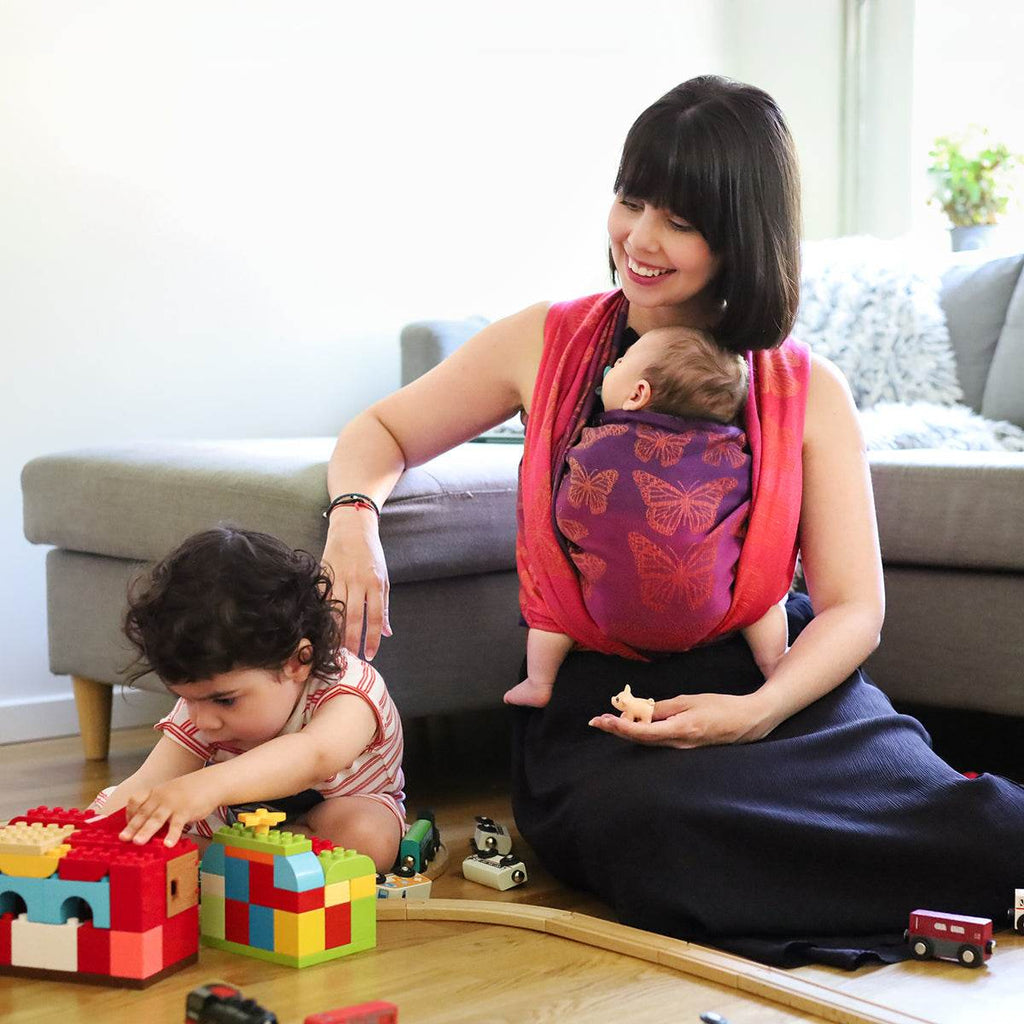
Best Baby Carrier For Newborns 2025
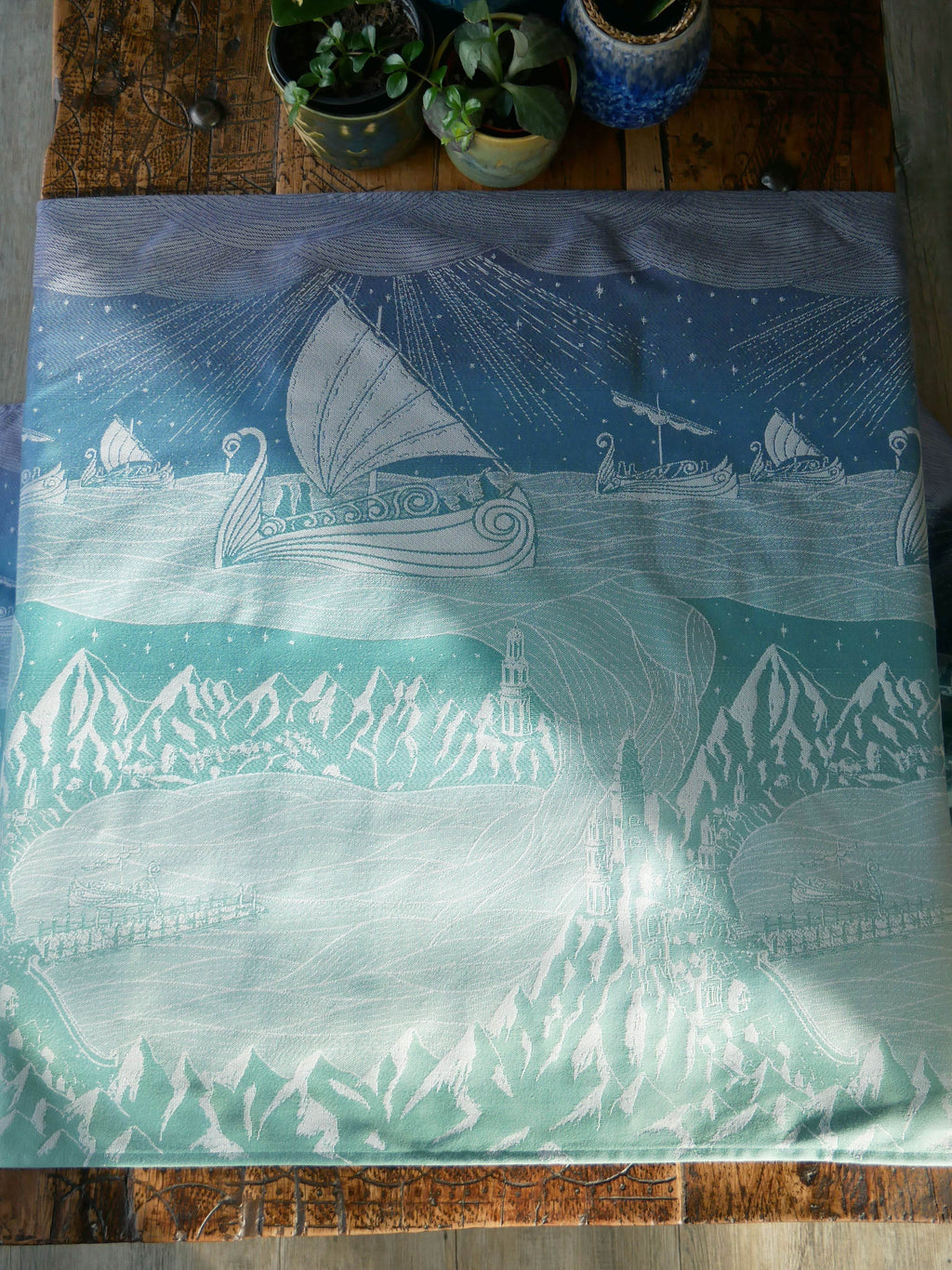
Grey Havens: Oscha Lord of the Rings Design Development
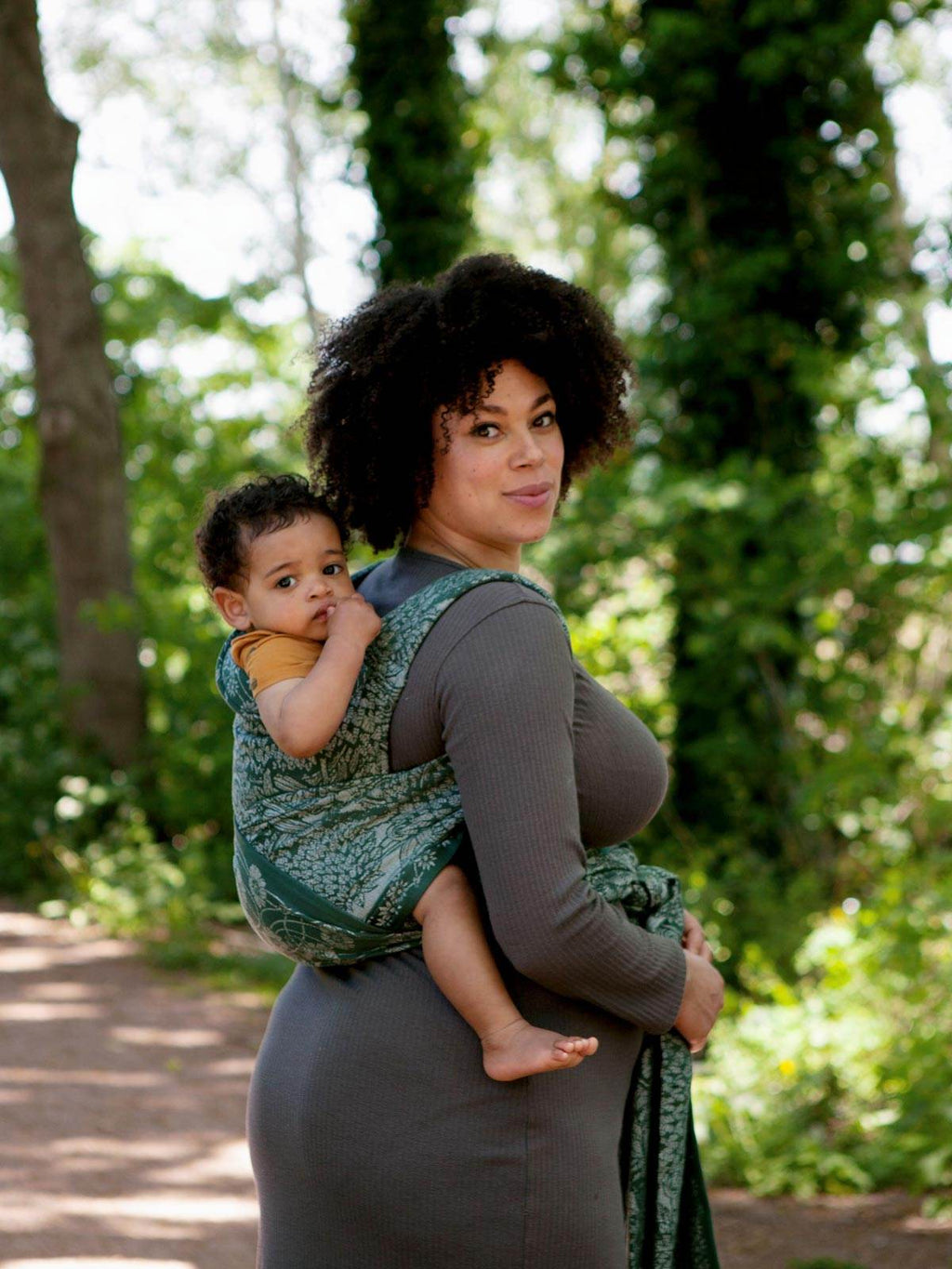
Can Baby Carriers Cause Back Pain?
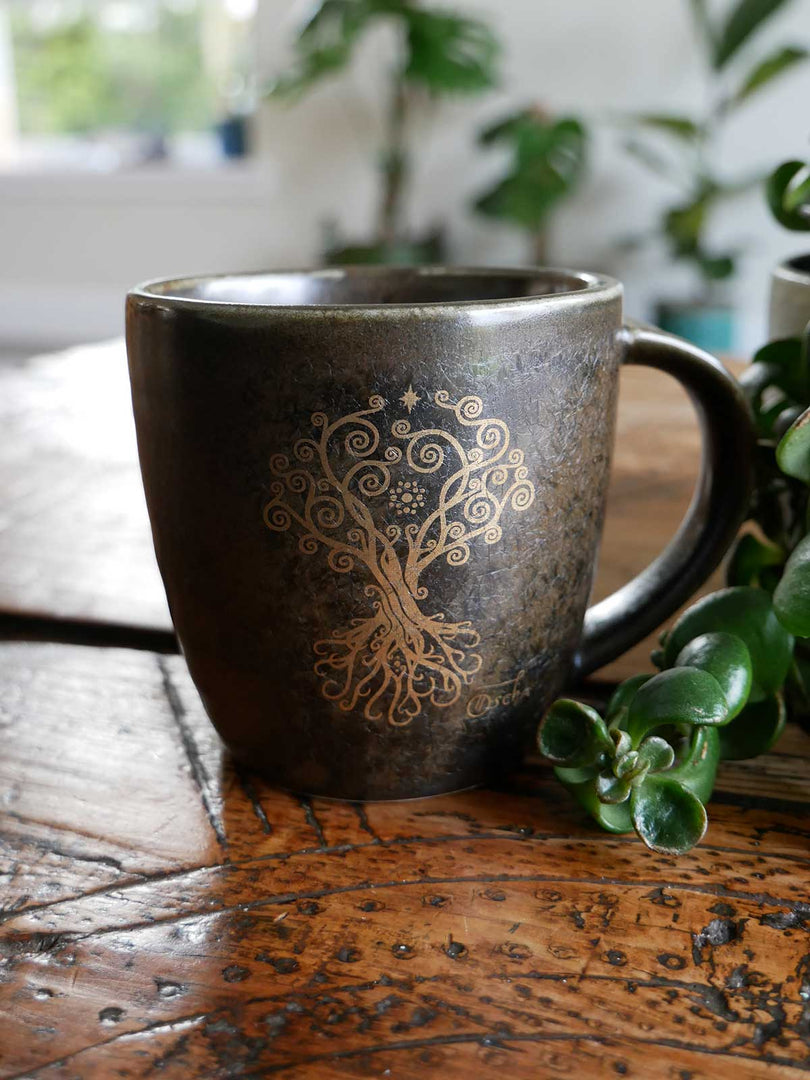

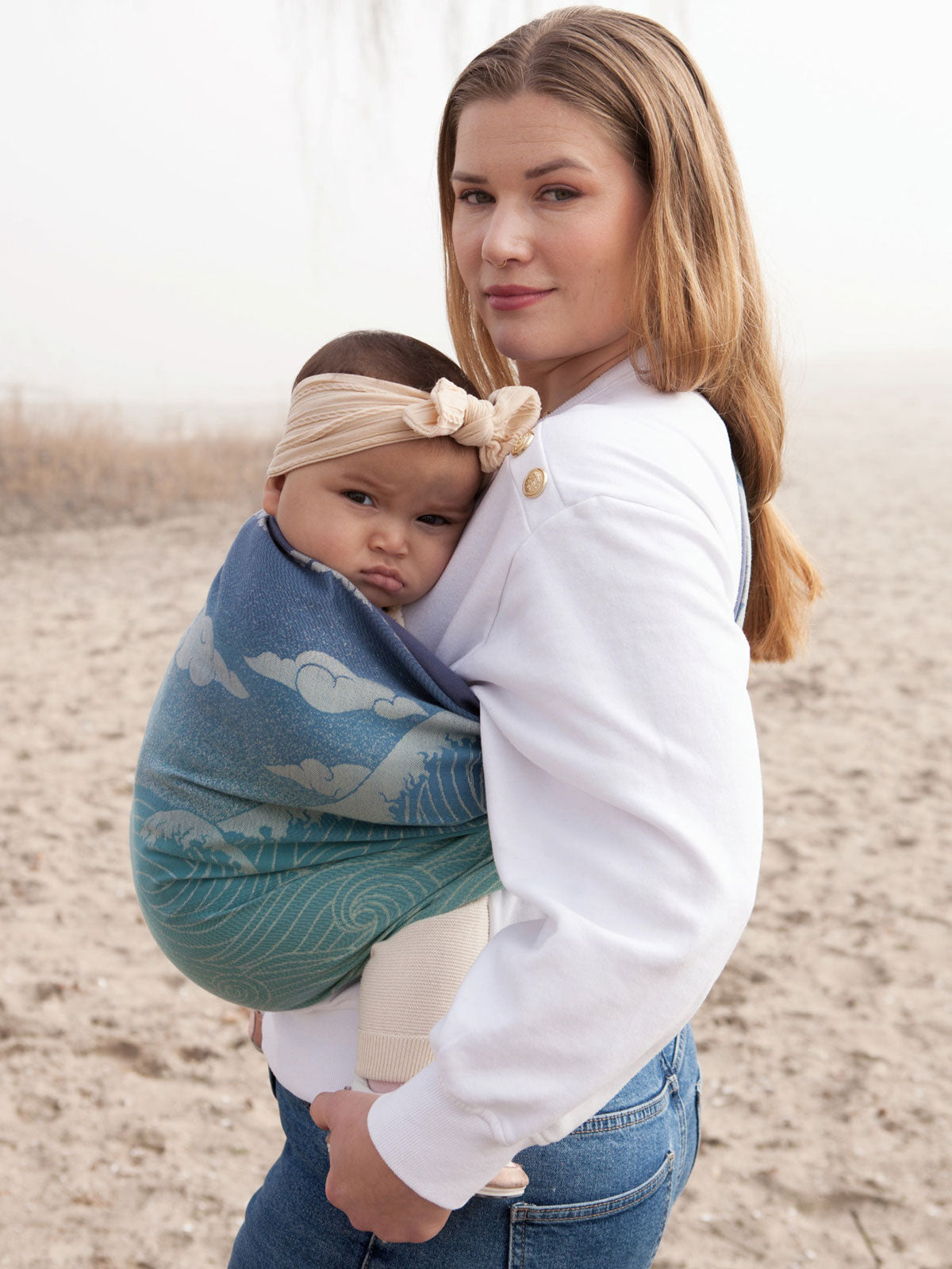
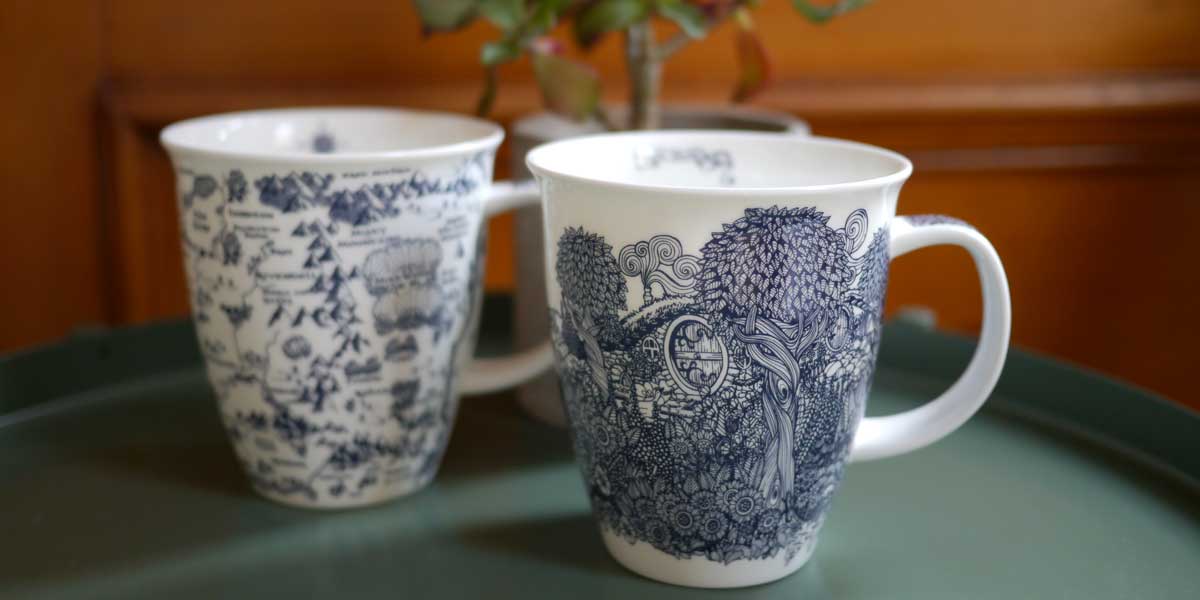
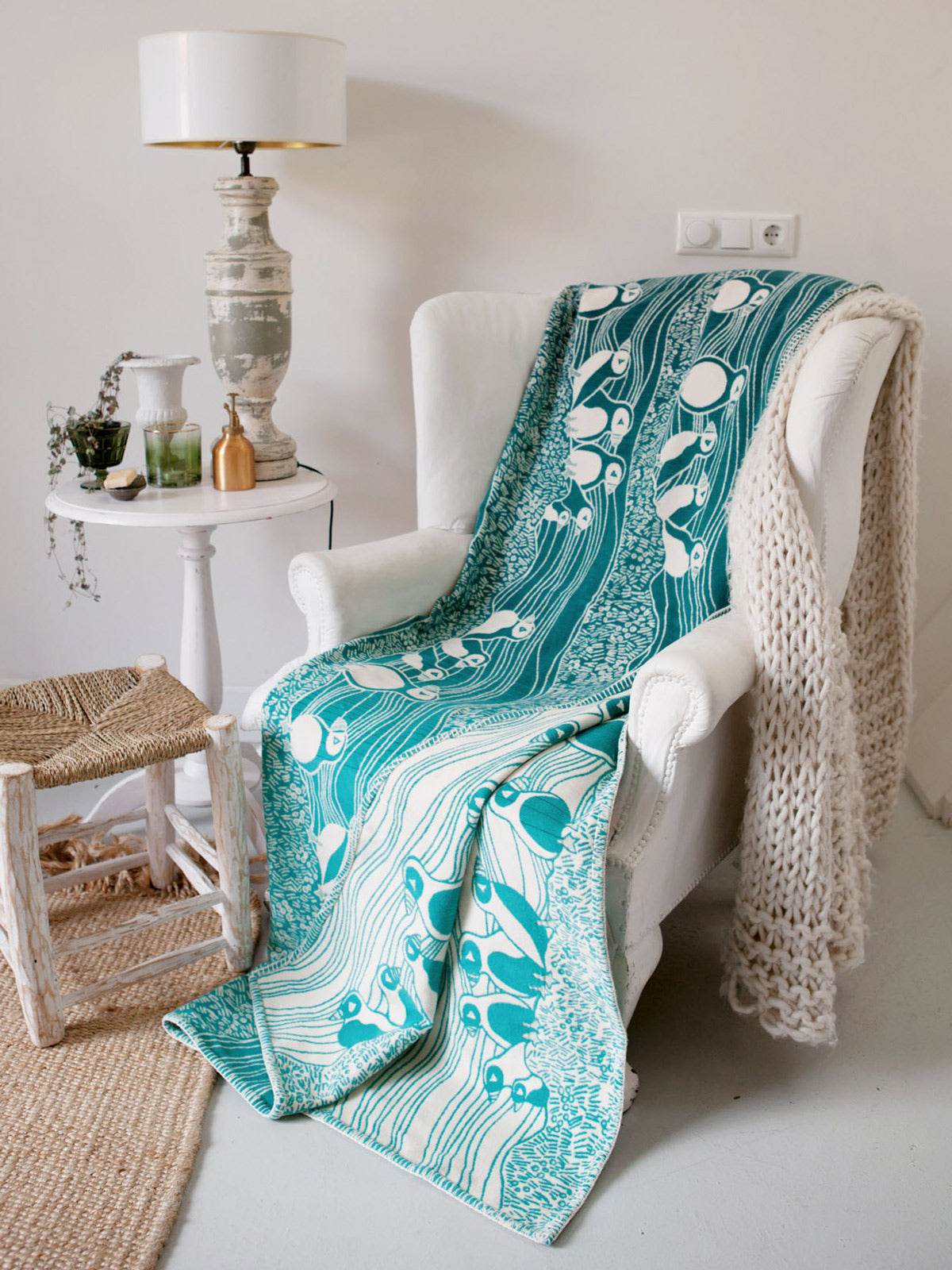
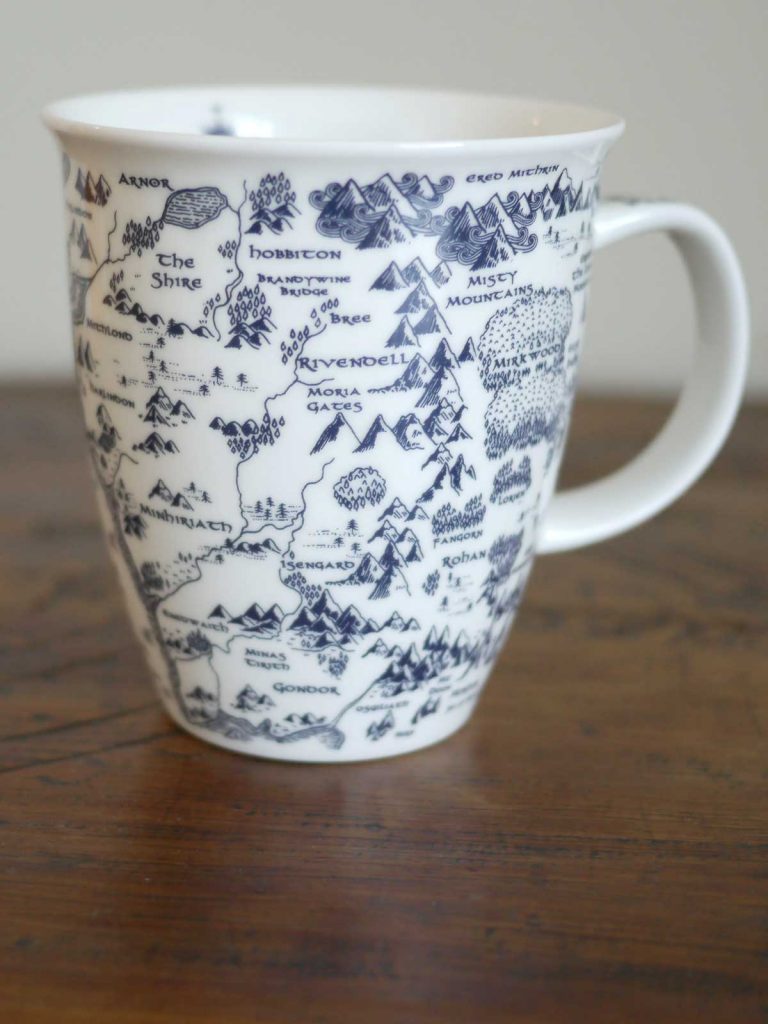

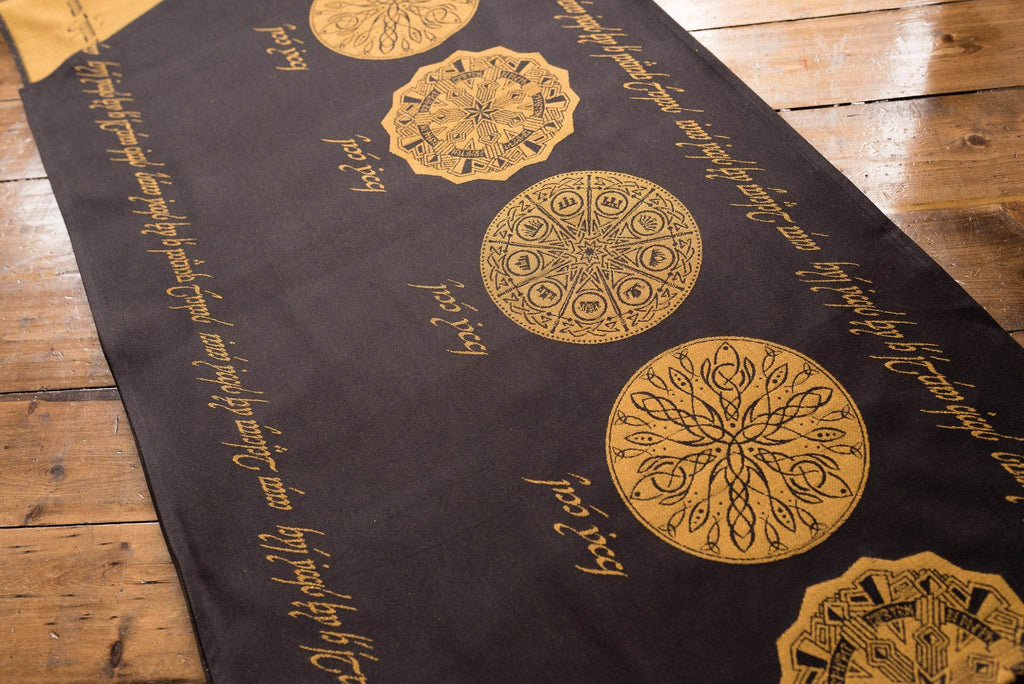
 https://oschaslings.com
https://oschaslings.com